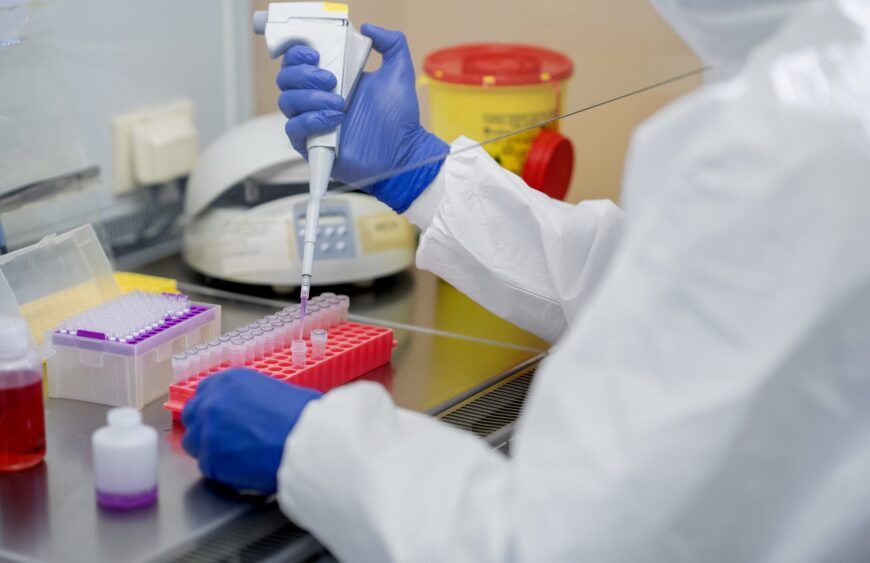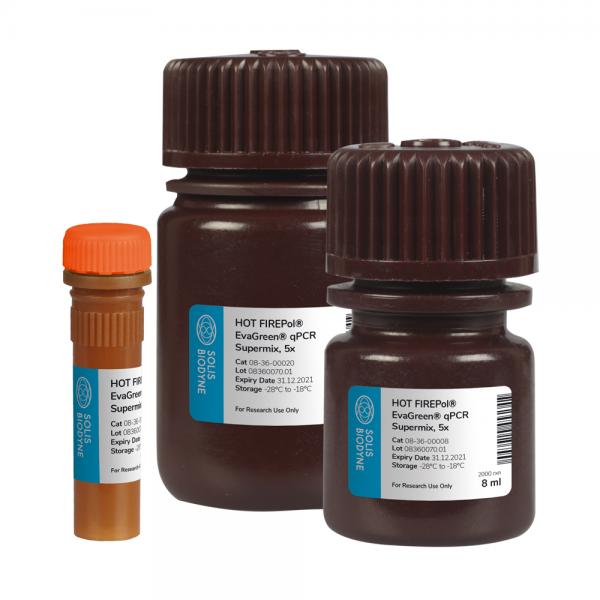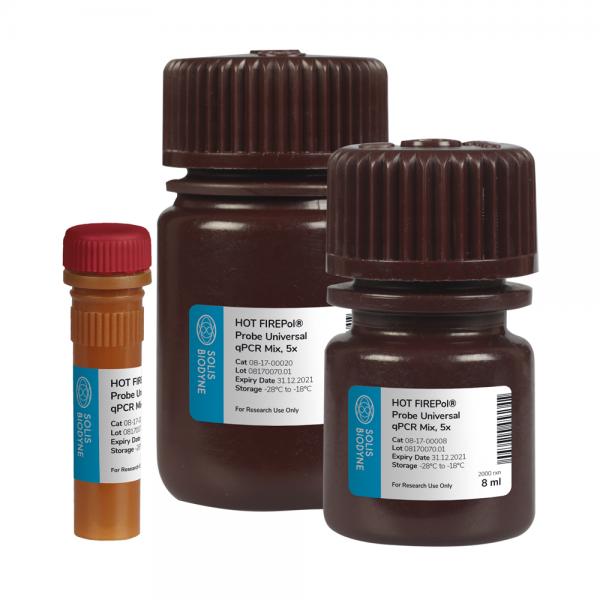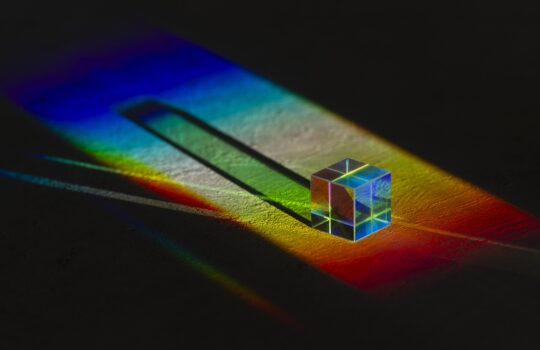What is the Difference Between Dye-Based and Probe-Based Systems in QPCR Enzymes?

In the realm of quantitative polymerase chain reaction (qPCR) enzymes, two prominent systems reign supreme: dye-based and probe-based. These systems offer distinct advantages and considerations, shaping the way researchers approach their qPCR experiments. Join us as we dive into the intricacies of these systems and unravel the differences between them.
1- Dye-based detection, exemplified by notable names such as EvaGreen®, SolisGreen®, and SYBR® Green, presents an enticing and cost-effective option for qPCR. With dye-based systems, researchers need only add PCR primers to the reaction. The intercalating dye used in this method has the ability to detect any double-stranded DNA (dsDNA) produced during the reaction. While this simplicity and affordability are appealing, it’s important to note that the intercalating dye may also detect non-specific amplicons and primer dimers. This can potentially lead to misleading results or compromise the accuracy of the experiment.
To address the concern of non-specific amplification products, melt curve analysis can be performed after the qPCR. This analysis enables researchers to assess the specificity of amplification and identify the presence of any non-specific amplification products. By scrutinizing the melt curves, scientists can gain valuable insights and ensure the reliability of their results.

2- probe-based qPCR systems offer a higher level of specificity compared to their dye-based counterparts. Probes, designed to detect the gene of interest, bring forth a heightened level of precision. Unlike dye-based assays, probe-based systems do not detect primer dimers or non-specific products. While this specificity is advantageous, it’s crucial to acknowledge that the absence of detection for such artifacts can compromise the efficiency of the PCR itself.
The benefits of probe-based qPCR extend beyond specificity. Researchers utilizing probe-based assays gain the ability to distinguish between sequences with high similarity, including single-nucleotide variations. This finer level of discrimination enables scientists to uncover subtle genetic variations and delve deeper into the intricacies of their samples.

Furthermore, probe-based qPCR assays offer the convenience of multiplex reactions in a single tube. This means that multiple targets can be simultaneously amplified and measured, expanding the scope of research possibilities. In contrast, dye-based qPCR systems limit researchers to amplifying and measuring a single target in a given reaction.
The choice between dye-based and probe-based systems in qPCR enzymes hinges on the specific needs and goals of the research at hand. Dye-based detection provides a cost-effective option, while probe-based systems excel in specificity and discrimination. Researchers must carefully consider the trade-offs between simplicity and specificity, as well as the ability to detect non-specific products, when selecting the most suitable qPCR system for their experiments.
As the world of qPCR continues to advance, scientists are fortunate to have these diverse systems at their disposal. Whether opting for the cost-effective simplicity of dye-based detection or harnessing the precision and specificity of probe-based assays, researchers can confidently navigate the complexities of qPCR and uncover the mysteries hidden within their samples.







